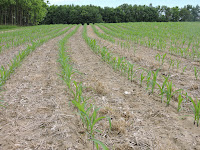Holiday Water Conservation Tips

This holiday season don’t be a Cousin Eddie! Make sure only degradable materials go down the drain, don’t overuse your septic system, and follow water conservation strategies. Here are more ways to save water during the holidays: In the kitchen: o Reuse rinse water when washing dishes. o Run only full loads in the dishwasher. o Scrape don’t rinse pans and dishes. o Compost food scraps instead of using a garbage disposal. o Defrost meats in the fridge not under running water. In the home: o Take shorter showers. o Check for leaky plumbing and fix quickly. o Use your cold-water wash and full loads in the laundry room. o Remind guests not to overuse water Outdoors: o ...





